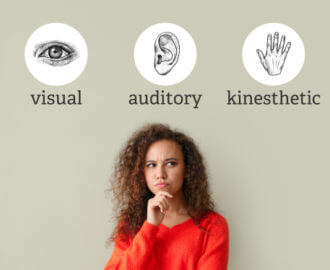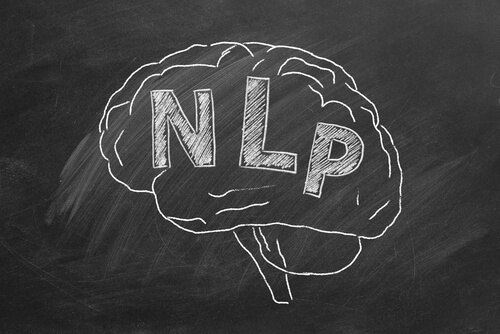3 NLP Techniques for Anxiety You Can Try
While most people see anxiety as negative, stress can be good since it protects us from danger. When it gets out of hand though, you may want to look at certain techniques to manage it. We’re breaking down popular NLP techniques you can try to reduce anxiety.
But first, a little background on NLP (Neurolinguistic Programming) in case you’re wondering what it’s all about.
What is NLP?
NLP came about in the 1970s in California with founders John Grinder and Richard Bandler. The two co-authored a book in 1975 entitled Structure of Magic: A Book about Language of Therapy, which focused on patterns of communication that set certain communicators from other people.
Neurolinguistic programming proponents believe there’s a strong link between our neurological processes, language, and behavioral patterns we form through experiences.
Moreover, this approach is based on the idea that we have our own “internal maps” of how we perceive the world.
Before we move on, there are 3 primary components you need to understand when it comes to NLP:
-
Subjectivity
This means we’re able to experience the world around us subjectively through our senses. According to NLP, we have a tendency to lean toward a certain sense, also called the preferred representational system or PRS. For instance, visual people “see” your point while those who are more tactile, “feel” what somebody is saying.

Preferred-Representational System is based on a person’s preferred sense of processing the world around them.
-
Consciousness
NLP is based on the notion that our consciousness has conscious and unconscious components.
-
Learning
Learning in NLP or modeling is making a similar structure to someone you believe is a person of excellence. You may try to imagine somebody doing something well and put yourself in his or her own shoes.
NLP Techniques for Anxiety
Now that you have the basics, let’s talk about some popular NLP techniques for anxiety.
Anchoring
In NLP anchoring, you “anchor” a specific response to a physical trigger. For instance, looking at a picture of someone you look up to makes you feel more confident, or touching your vision board brings out positive feelings.
The basic steps in anchoring are:
1. Identify how you want to feel. Say for example you’re worried about an upcoming business meeting through video.
2. Recall a time when you felt that way. You might remember a time when you were young when your mom would gently rub your back to make you feel calm.
3. Pick an anchor device. Maybe you can have a crystal you could hold or maybe you could rub your arms to feel more relaxed.
4. Test your anchor. Try to see if the action or anchor you chose does naturally give you the feeling you want.
Future Pacing
Another powerful NLP technique is future pacing. This lets someone imagine themselves in the future being who they want to be.
For instance, you’re stressed about speaking in public. You usually forget your words and stammer when you get on stage.
Future pacing lets you imagine the situation and mentally rehearse overcoming the challenges to come. In the example mentioned, struggles can be distracting noises, making mistakes, or difficult questions. Through this technique, you can better prepare for unexpected circumstances.
Reappraising Anxiety
Being nervous before an important event is perfectly healthy and natural.
But did you know that you can also relabel your anxiety as excitement? Yes, pretend as if you’re excited rather than anxious because when you see anxiety as negative, you become more worried.
And what’s good is research shows that when you do this, (1) you’ll feel more excited, (2) you’ll see it as an opportunity rather than a threat and (3) you’d actually perform better. Moreover, you probably will have less anxiety than before.
Here are the steps:
1. Think of the upcoming event
2. Say out loud “ I am excited about (upcoming event)”
3. Think of the little things that you feel excited about (e.g. conquering your fear, getting compliments, taking action)
So, have you tried any of these NLP techniques for anxiety?


